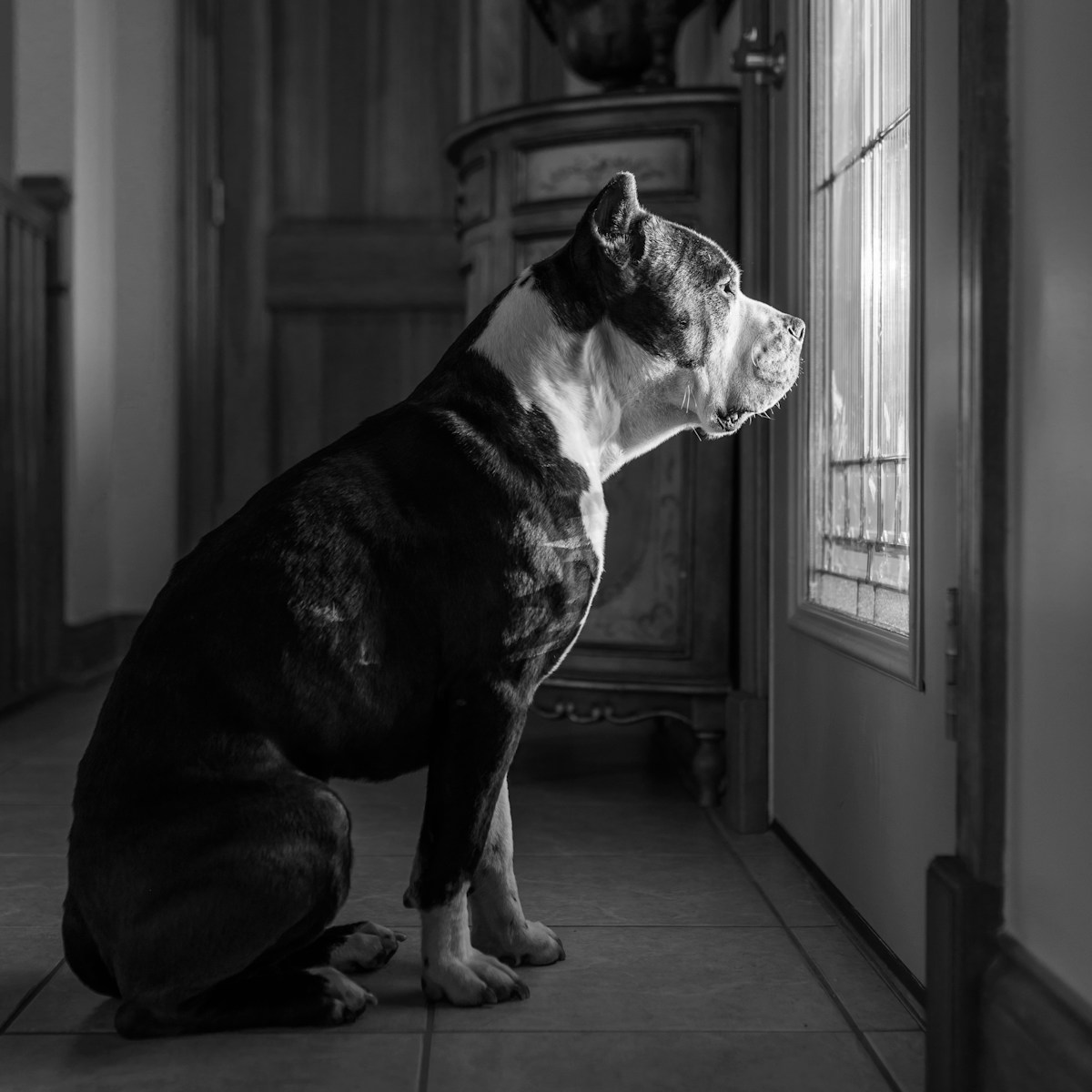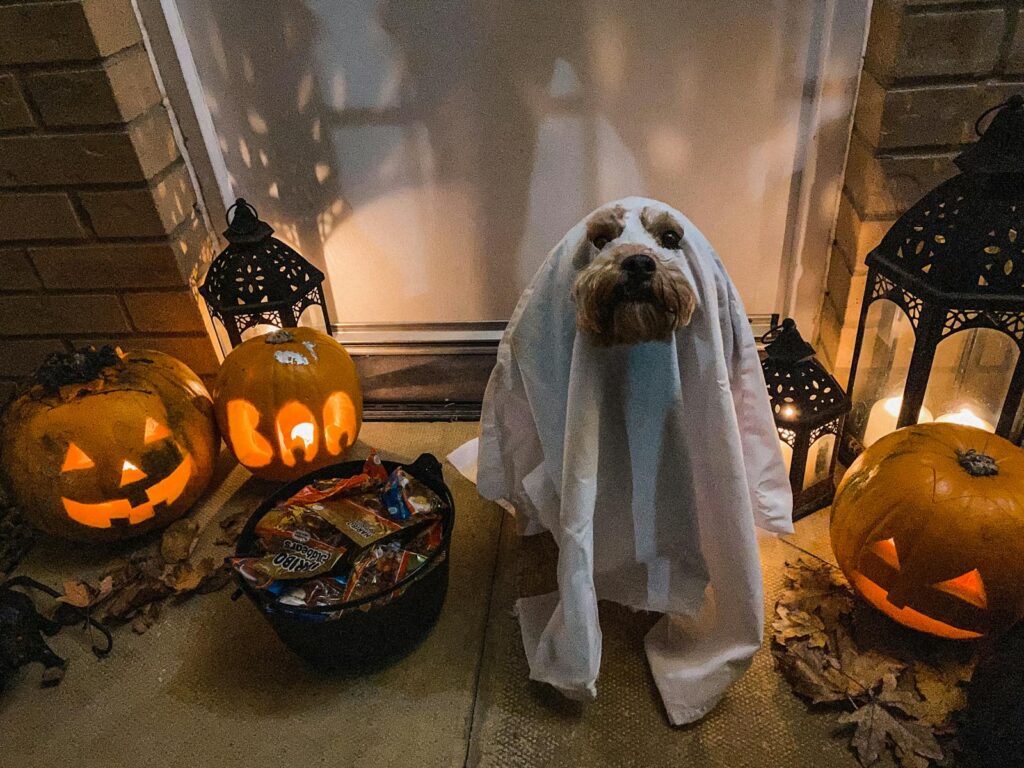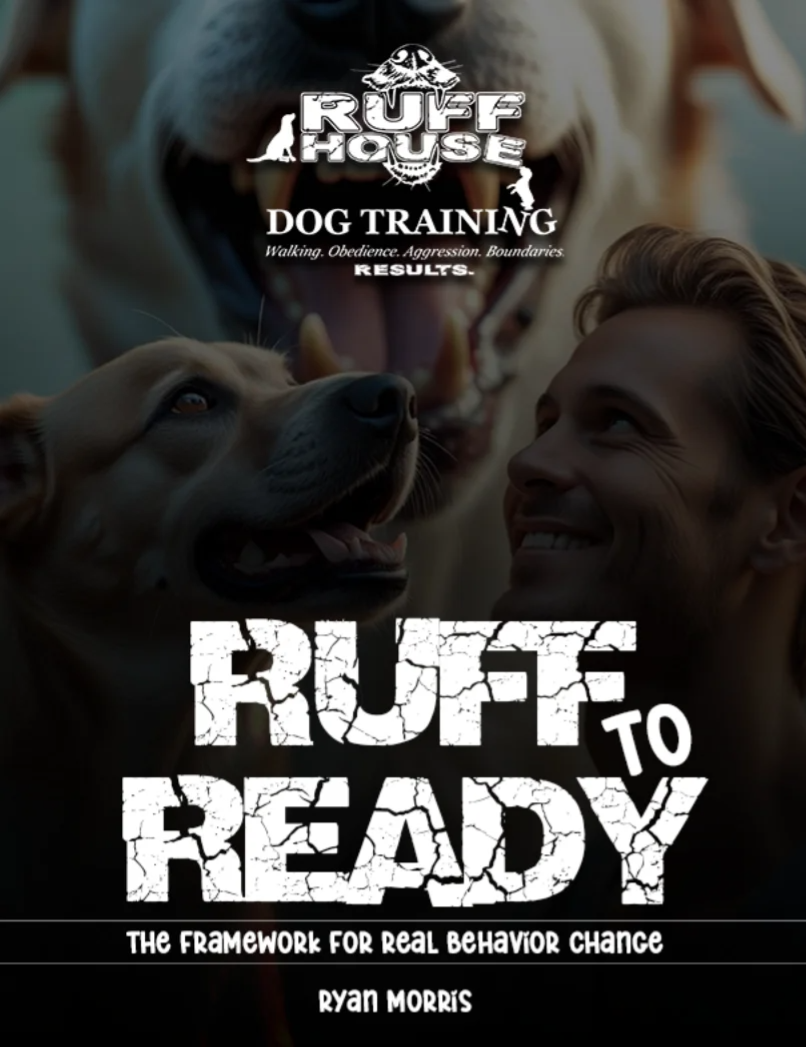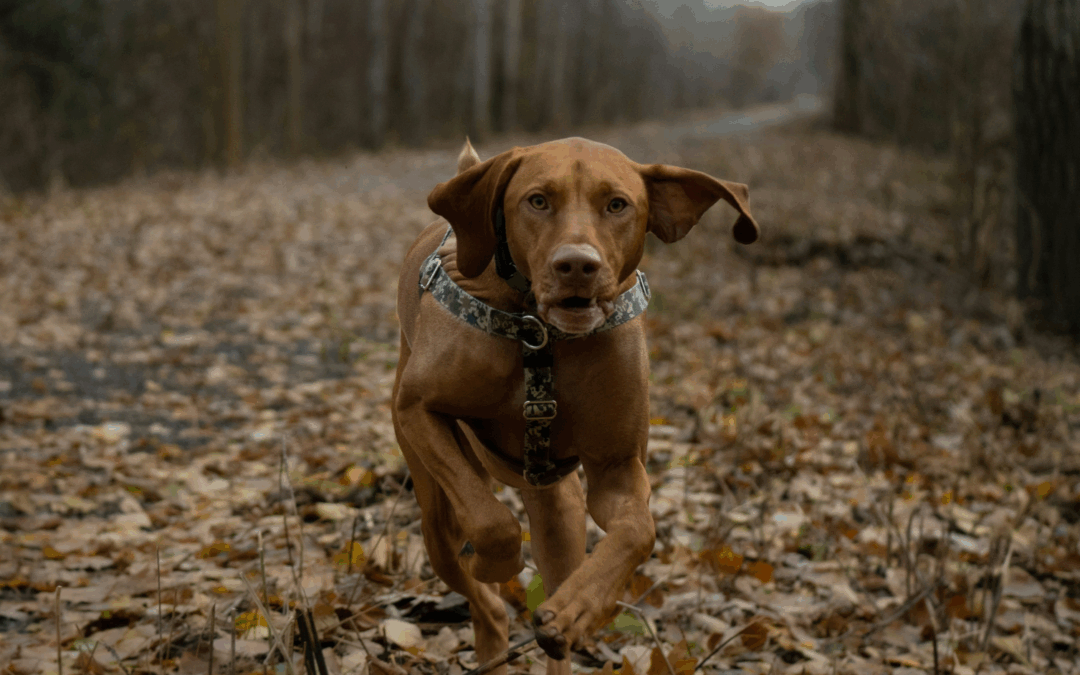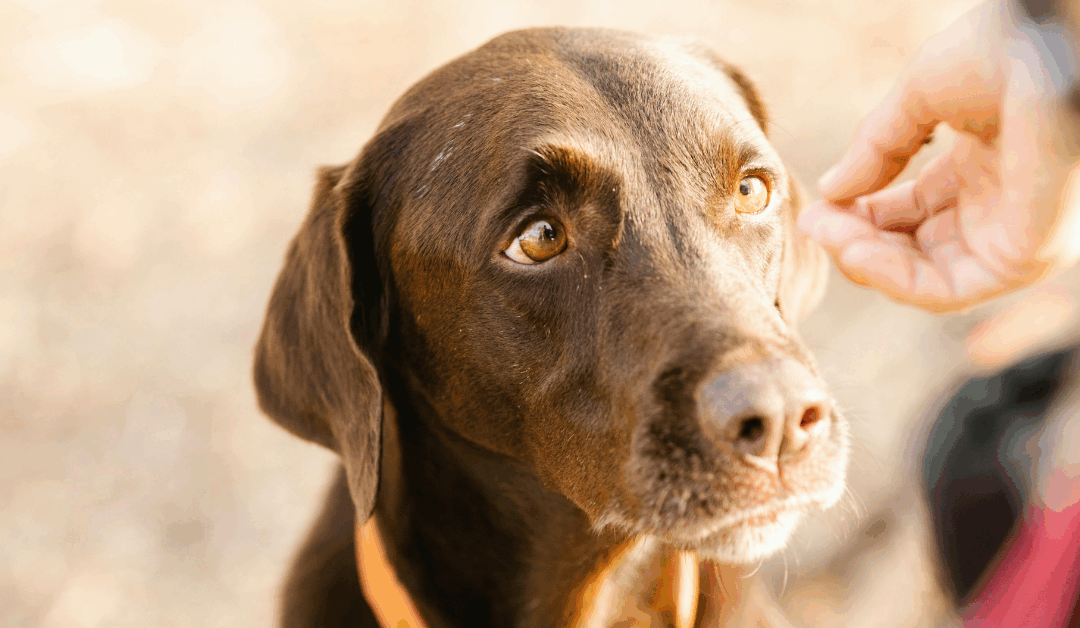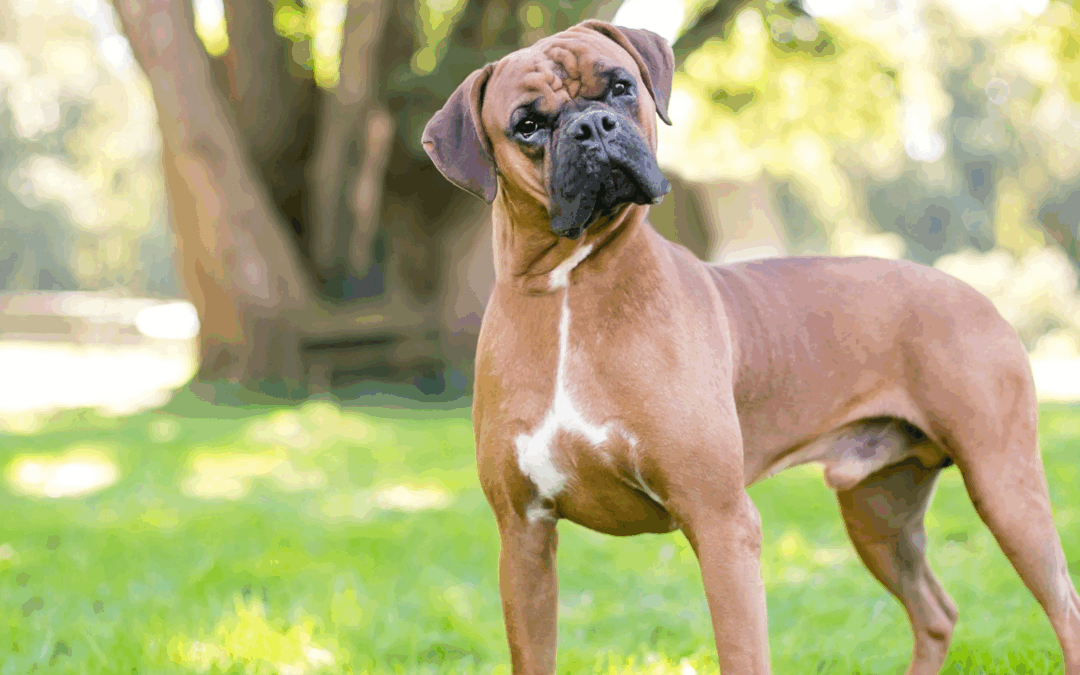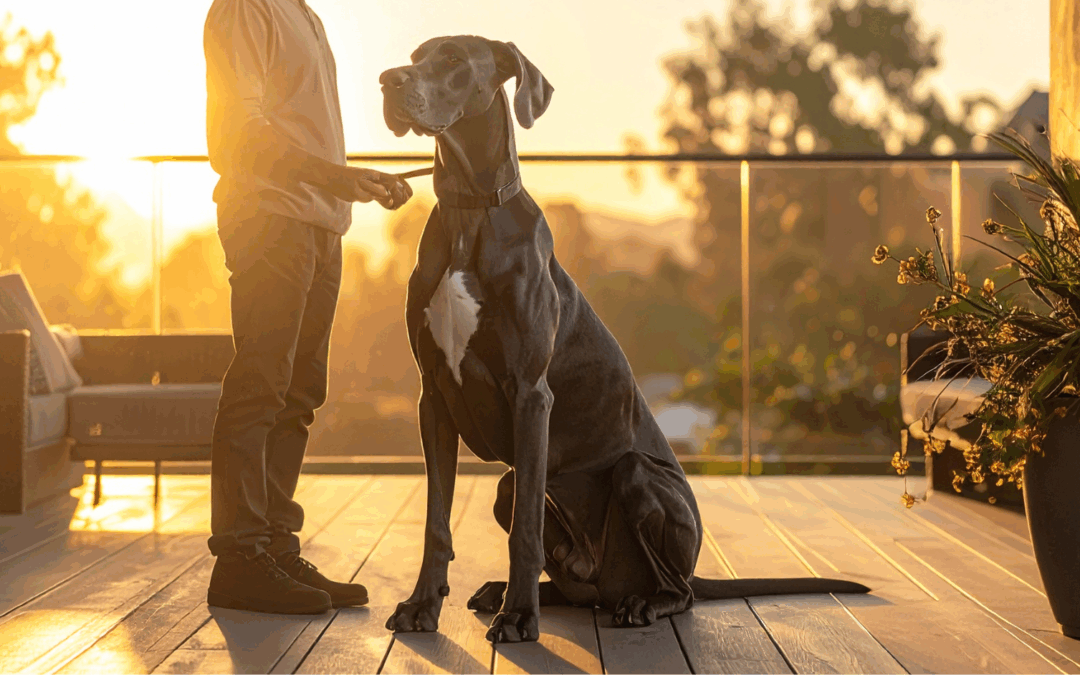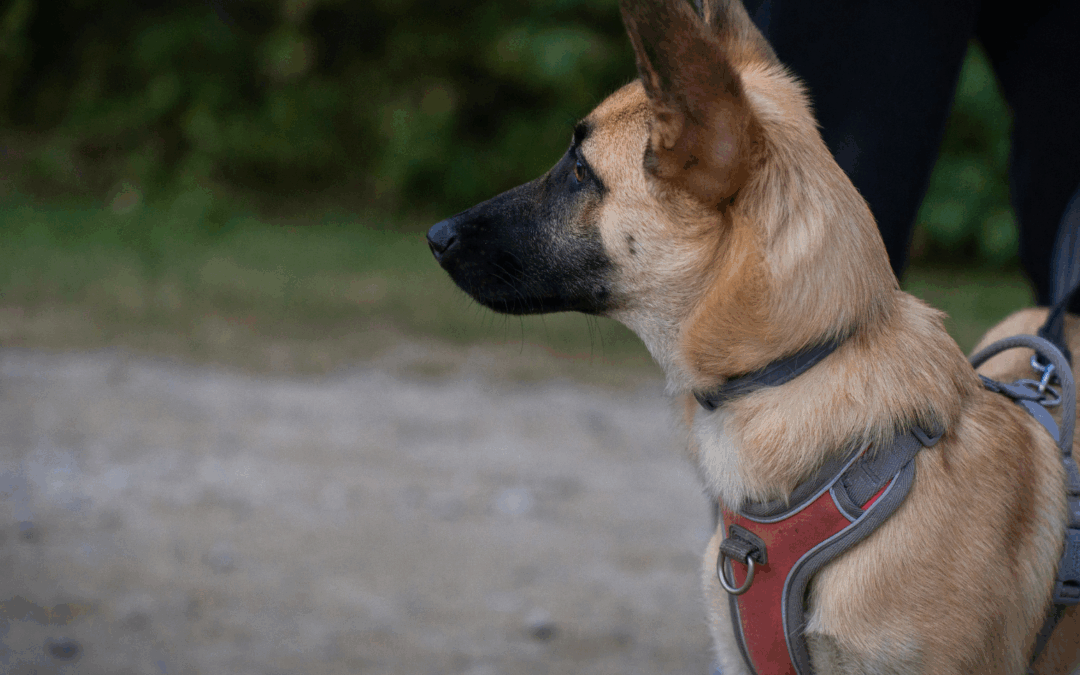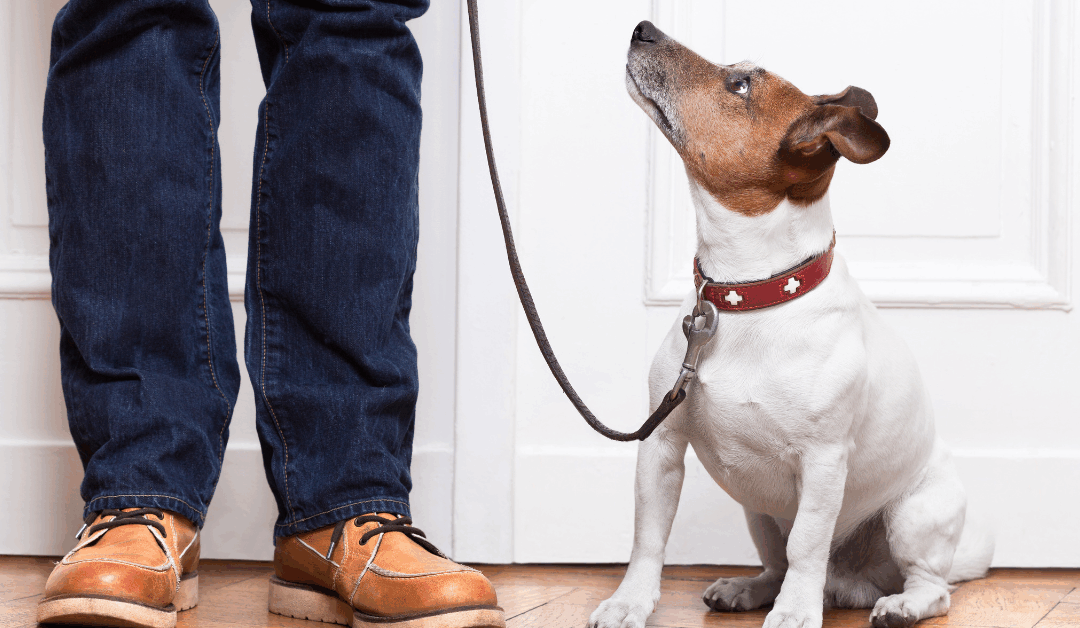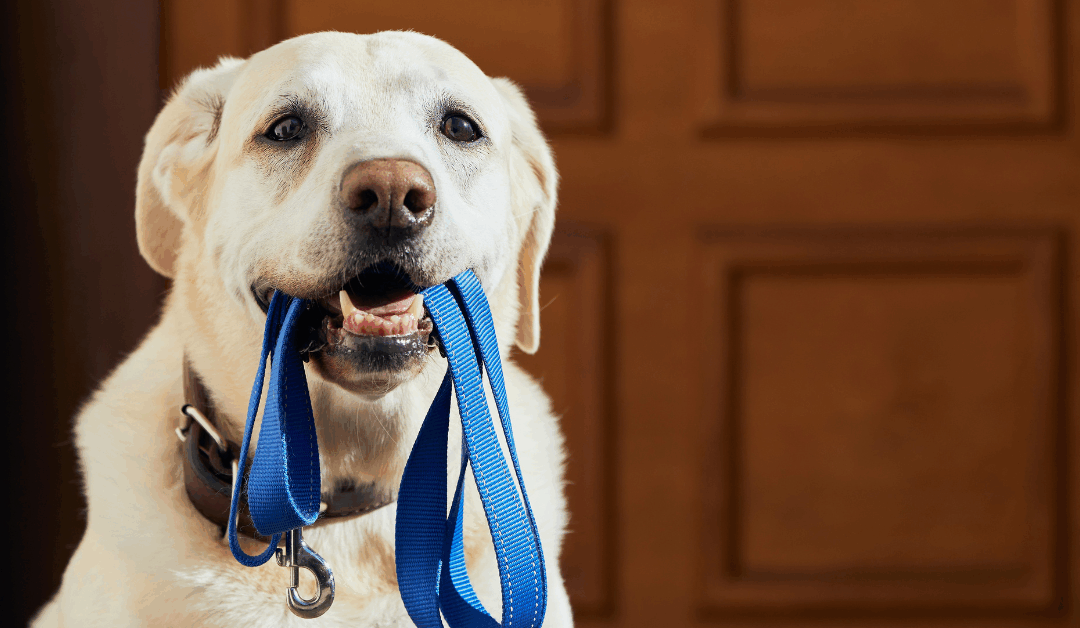That feeling when you grab your keys and see your dog’s ears droop is heartbreaking. You close the door and hear the first whines, knowing it will soon escalate into frantic barking, scratching, or worse. This isn’t just your dog being “dramatic”—it’s a genuine panic attack. Welcome to the world of separation anxiety.
For many owners, this behavior turns their home into a source of stress. You might feel trapped, unable to leave for work, run errands, or enjoy a night out without worrying about what you’ll come home to. Torn-up cushions, clawed-at doors, and angry notes from neighbors can become a daily reality. This constant stress erodes the joy of having a dog, replacing it with guilt, frustration, and a sense of helplessness.
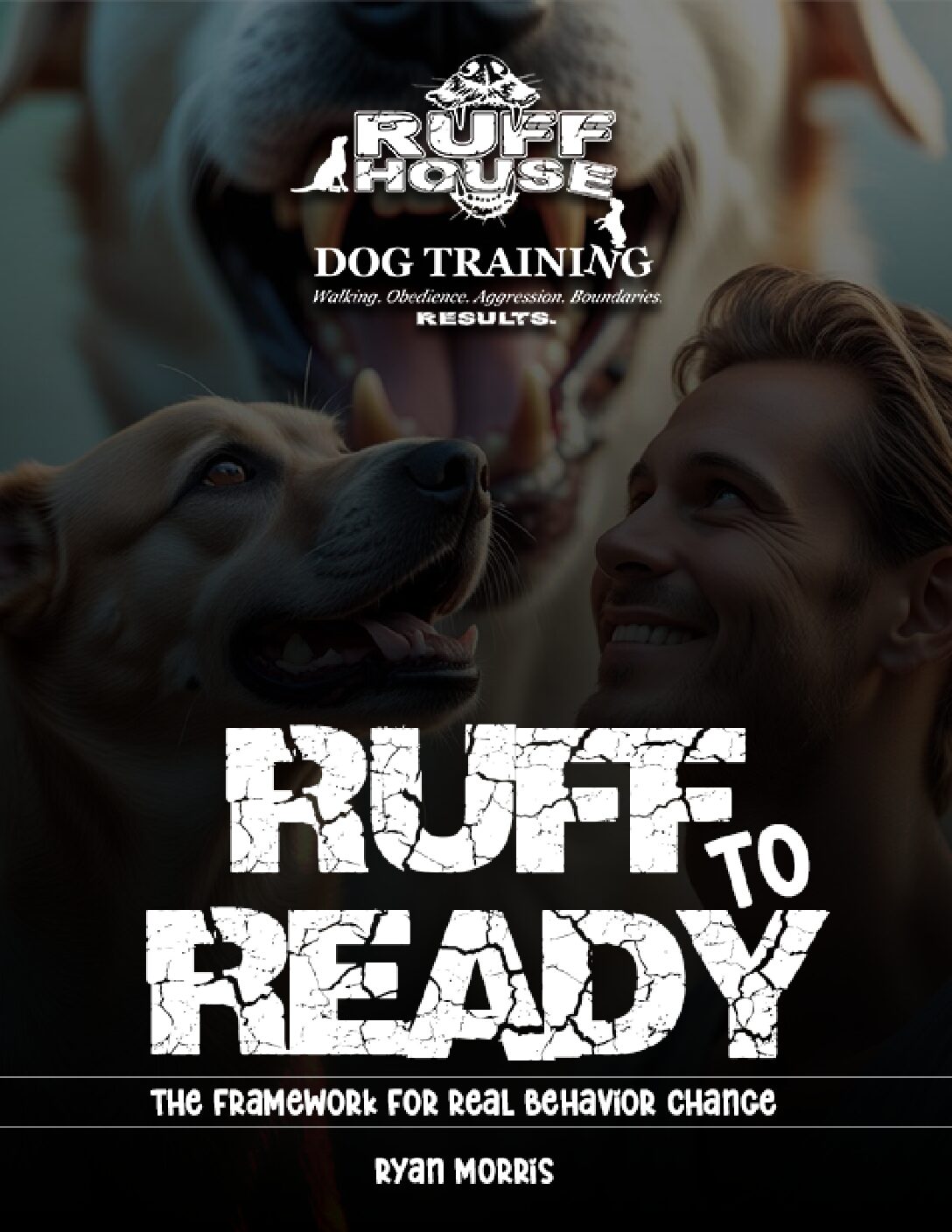
Unlock Real Behavior Change – Download Your Free Guide Now
"*" indicates required fields
Separation anxiety is one of the most misunderstood canine behaviors. It’s not a sign of a “bad dog” or poor obedience; it’s a cry for help. The destructive actions and relentless barking are external symptoms of deep-seated fear and distress. Your dog isn’t trying to punish you for leaving—they are genuinely terrified of being alone and believe they have been abandoned.
The good news is that with the right approach, you can guide your furry friend from chaos to calm. Effective separation anxiety dog training does more than just stop the destruction; it rebuilds your dog’s confidence, restores harmony in your home, and allows you to reclaim your life. This guide will walk you through understanding the roots of this anxiety, recognizing its signs, and taking the first steps toward helping your dog feel safe and secure when you’re not there.
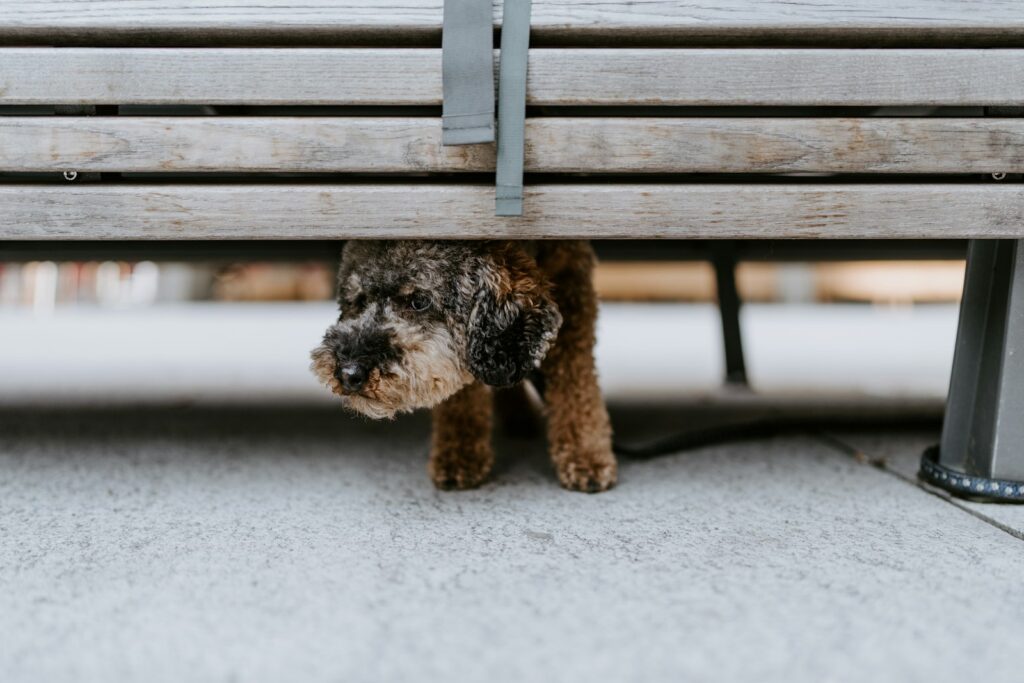
Photo by Claudio Schwarz on Unsplash
Understanding the Roots of Canine Separation Anxiety
Separation anxiety is a complex behavioral issue that can stem from various sources. It’s an overwhelming fear of being left alone, leading to distress behaviors. While any dog can develop it, certain factors can increase the likelihood of its onset.
Common Causes and Triggers
What causes one dog to panic while another snoozes peacefully when left alone? The answer often lies in their history and environment.
- Changes in Routine: Dogs are creatures of habit. A sudden change, like a new work schedule that leaves them alone for longer periods, can be unsettling. The COVID-19 pandemic was a major trigger for many pets who grew accustomed to having their owners home 24/7. When life returned to “normal,” these dogs suddenly faced long, quiet days with a drop in dog sitter they weren’t prepared for.
- Life Transitions: Moving to a new home, the loss of a family member (human or another pet), or even the arrival of a new baby can disrupt a dog’s sense of security. These events change the familiar environment and social dynamics, leaving some dogs feeling anxious and uncertain.
- Traumatic Experiences: For rescue dogs, past trauma is a common culprit. A history of being abandoned, left at a shelter, or shuffled between multiple homes can instill a deep-seated fear of being left again. Even a single scary event while alone, like a thunderstorm or a fire alarm, can trigger a lasting phobia.
- “Velcro Dog” Syndrome: Some dogs are simply predisposed to forming hyper-attachments to their owners. While it’s sweet to have a loyal companion, this codependence can become unhealthy. These “velcro dogs” may not have learned how to be independent and self-soothe, making any time apart feel unbearable.
- Self-Inflicted: Many times we make great contributions to our dog’s separation anxiety, potentially unintentionally, but nevertheless, we create these behaviors through the constant coddling and affection. By not giving the dogs the ability to just be on their own, we deprive them from necessary independence and training that will allow them to learn how to be by themselves. Don’t feel the need to always give affection. Treating separation anxiety could be just as simple as ignoring the dog when they ask for attention. Ignore them at the front door, leave them outside of the bathroom door, take short departures, make an abrupt change, do something that doesn’t involve the dog and let them just be.
The Difference Between True Anxiety and Boredom
It’s crucial to distinguish between genuine separation anxiety and simple boredom. A bored dog might chew on a shoe or pull stuffing from a pillow because they lack stimulation. An anxious dog engages in these behaviors out of panic.
Here’s how to tell the difference:
- Timing of Behavior: A bored dog might cause trouble at any time, even when you’re home but not paying attention. An anxious dog’s destructive behavior occurs exclusively when they are left alone or believe they are alone.
- Type of Destruction: Anxious destruction is often focused on escape routes like doors and windows. You’ll see scratch marks, chewed-up frames, and bent blinds. They may also destroy personal items that carry your scent, like clothes or shoes, in an attempt to self-soothe.
- Physical Symptoms: True separation anxiety often comes with physiological signs of distress. These include excessive drooling, panting when it’s not hot, pacing in frantic patterns, and having accidents in the house despite being house-trained. A bored dog typically won’t exhibit these signs of panic.
- Vocalization: A bored dog might bark for a bit when you leave but will usually settle down. A dog with separation anxiety will often bark or howl relentlessly for hours, their cries filled with distress.
Understanding the “why” behind your dog’s behavior is the first step toward finding a solution. Once you recognize the signs of true anxiety, you can move forward with empathy and a clear plan.
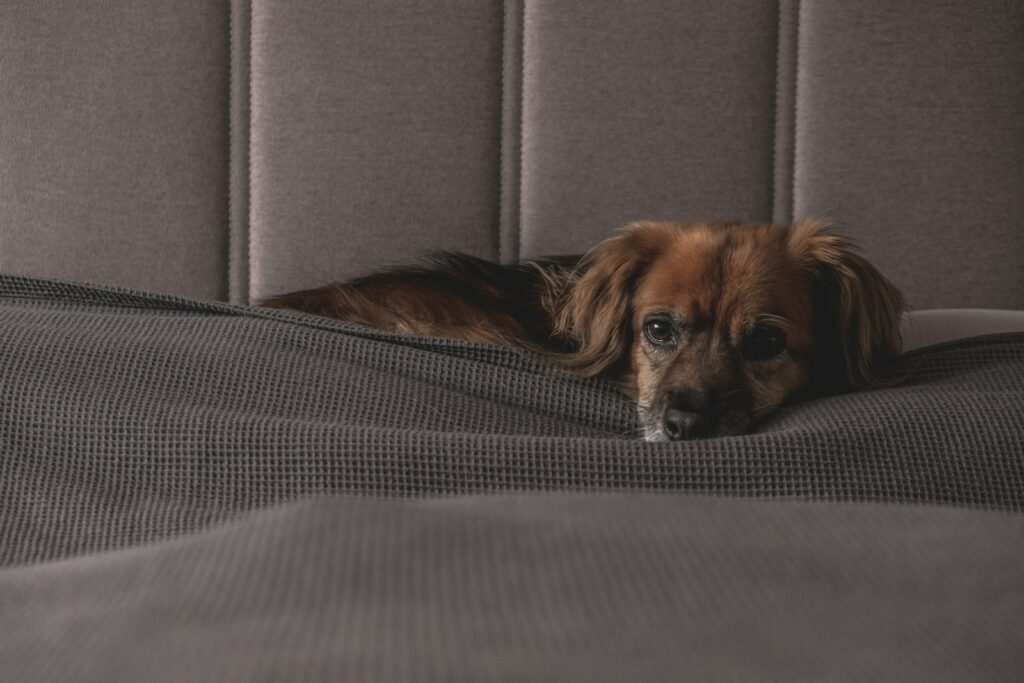
Photo by Tim Walter on Unsplash
The Impact on Your Dog With Separation Anxiety
Living with a dog suffering from separation anxiety affects everyone in the household. The fallout extends beyond a chewed-up couch; it impacts your dog’s well-being, your mental health, and your social life.
For your dog, the experience is terrifying. Each departure feels like a life-or-death situation. Their heart races, their body floods with stress hormones like cortisol, and they enter a state of pure panic. Chronic stress can weaken their immune system, leading to other health problems over time. They aren’t misbehaving; they’re suffering.
For you, the owner, the emotional toll is immense. The cycle of guilt, frustration, and worry is exhausting. You might feel angry when you discover the damage, then guilty for feeling that way. Your home no longer feels like a sanctuary but a potential scene of destruction. This constant stress can strain relationships with family members and create tension with neighbors who are tired of the constant barking.
Your social life often takes the biggest hit. Spontaneous outings are a thing of the past. Dinner with friends, a trip to the gym, or even a quick grocery run requires careful planning. You might find yourself turning down invitations, leaving events early, or avoiding travel altogether. Your world shrinks as you become a prisoner in your own home, tethered by your dog’s anxiety. This is where professional training becomes not just helpful, but essential for restoring balance.
Foundational Steps in Separation Anxiety Training
Tackling separation anxiety requires patience, consistency, and a structured plan. The goal isn’t to punish the behavior but to change your dog’s underlying emotional response to being alone—from fear to confidence.
Here are six foundational steps to begin the journey toward a calmer, happier dog.
1. Create a Safe Space
Your dog needs a designated “safe zone” where they can feel secure when you’re not around. This could be a crate, a specific room, or a gated-off area. Fill this space with a comfy bed, their favorite toys, and an item that smells like you (like an old t-shirt). Make this space a positive-only zone—never use it for punishment. Encourage your dog to spend relaxed time there even when you’re home, offering treats and praise to build a positive association.
Crate Training goes hand in hand with dog separation anxiety. I talk about the importance of crate training in my e-book ‘Ruff To Ready’. Impact Crates is a brand I can never recommend enough for dog owners in general. Check them out today!
2. Promote Independence
Many anxious dogs are “velcro dogs” who follow their owners from room to room. Gently encourage independence while you’re home.
- Use baby gates: Create short periods of separation while you are still in the house.
- Teach “Place” or “Stay”: Train your dog to lie on their bed while you move around the room. Start with short durations and gradually increase the time.
- Provide engaging solo activities: Puzzle toys, frozen Kongs, or long-lasting chews can teach your dog to enjoy time by themselves.
3. Change Your Departure Cues
Dogs are masters at picking up on patterns. They know that you grabbing your keys, putting on your shoes, and picking up your bag means you’re leaving. These actions can trigger their anxiety long before you even open the door.
To desensitize your dog, break these patterns. Pick up your keys and then sit down to watch TV. Put on your coat and then start making dinner. By repeating these actions without actually leaving, you teach your dog that these cues are no longer reliable predictors of abandonment. They become meaningless background noise.
4. Practice Graduated Departures
This is the core of separation anxiety training. It involves leaving your dog for very short periods and seeing how your dog responds to gradually increasing the duration as they become more comfortable.
- Start small at your dog’s own pace: Begin by simply stepping outside the door for a few seconds, then immediately returning.
- Stay calm: When you return, don’t make a big fuss. A calm “hello” is sufficient. The goal is to teach your dog that your comings and goings are no big deal.
- Increase slowly: Gradually build up the time you’re away—from seconds to a minute, then two minutes, five, and so on. If your dog shows signs of anxiety (excessive barking, whining), you’ve moved too fast. Go back to a shorter duration where they were successful.
- Use technology: A pet camera is an invaluable tool. It allows you to monitor your dog’s behavior in real-time and return before they panic.
5. Ensure Adequate Exercise and Mental Stimulation
A tired dog is a calm dog. A well-exercised dog has less pent-up energy to fuel anxious behaviors. Before you leave, engage your dog in vigorous physical activity, like a long walk, a game of fetch, or a run at the dog park.
Mental stimulation is just as important. A 15-minute training session or a puzzle toy can be more exhausting than a 30-minute walk. These activities build confidence and give your dog a “job,” which can help reduce your dog’s separation anxiety.
6. Rule Out Other Medical Issues
Sometimes, behaviors that look like separation anxiety can be caused by underlying medical problems. For example, a dog with a urinary tract infection might have accidents in the house, or a dog in pain might become more clingy and vocal. Before starting any intensive training program, it’s wise to schedule a check-up with your veterinarian to rule out any health concerns.
When to Seek Professional Help and Create A Training Plan
While these foundational steps can make a significant difference, severe separation anxiety often requires professional guidance. If your dog’s anxiety is extreme—causing self-harm, destroying property, or if you’re feeling completely overwhelmed—it’s time to call in an expert.
A certified professional dog trainer who specializes in behavior modification can provide a customized training plan tailored to your dog’s specific needs. At Ruff House Dog Training, we specialize in these complex cases. We understand that training is about more than just commands; it’s about restoring peace and communication within your family.
Our approach is built on practical, easy-to-understand techniques. In our 90-Minute Miracle session, we come to your home in the DC, Maryland, or Virginia area to give you immediate, actionable tools to jump-start behavior improvements. Many of our clients, like Phebean Sheriff, see a huge difference after just one session, going from chaotic walks to calm strolls. We believe that for every case of separation anxiety issues, there is a solution, and our goal is to provide you with the right path.
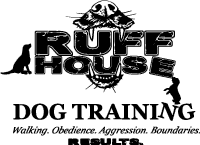
A Path to Peace and Freedom | Separation Anxiety Dog Training
Living with a dog with separation anxiety is incredibly challenging, but it doesn’t have to be a life sentence for either of you. By understanding the root of the fear and implementing a consistent training plan, you can teach your dog that being alone is safe. You can rebuild their confidence and, in turn, reclaim your own freedom.
The journey requires patience, but every small victory—a quiet departure, a calm five minutes alone, a tail wag instead of a whimper—is a step toward a more peaceful life. Remember, you are your dog’s greatest advocate and their source of security. With the right tools and support, both you and your trainer can guide them from chaos to calm and restore the joy of sharing your life with a happy, confident companion.
If you’re feeling stuck or if your dog begins to show signs of separation anxiety, know that help is available. Ruff House Dog Training offers personalized support to tackle even the toughest behavioral challenges. We provide unlimited post-session support because we know that consistency is key to your dog’s quality of life, and we’re committed to helping you succeed.

